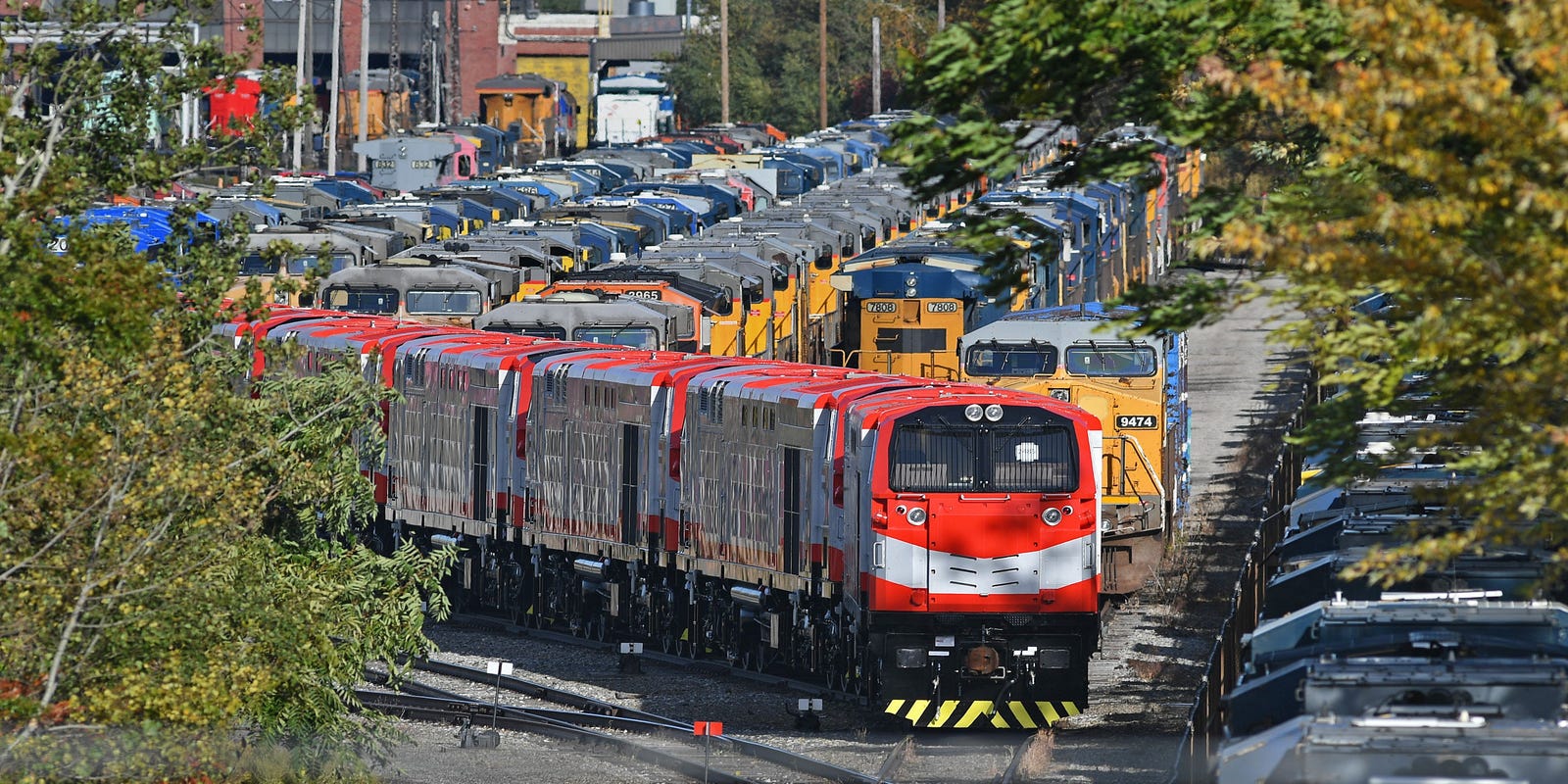From Rust Belt to Renaissance: Erie's Economic Metamorphosis Over Four Decades

Erie's industrial landscape has undergone a dramatic transformation in recent years. Where manufacturing once stood as a cornerstone of the local economy, representing a robust 25% of economic output just two decades ago, the sector has now dwindled to a mere 15%. This significant shift reflects the broader economic changes sweeping through the region, highlighting the challenges faced by traditional manufacturing centers as they adapt to a rapidly evolving economic environment.
The decline tells a story of economic restructuring, technological advancement, and the need for communities like Erie to reinvent themselves in an increasingly global and digital marketplace. What was once a thriving manufacturing hub has been compelled to diversify, seeking new economic opportunities and reimagining its industrial identity.

